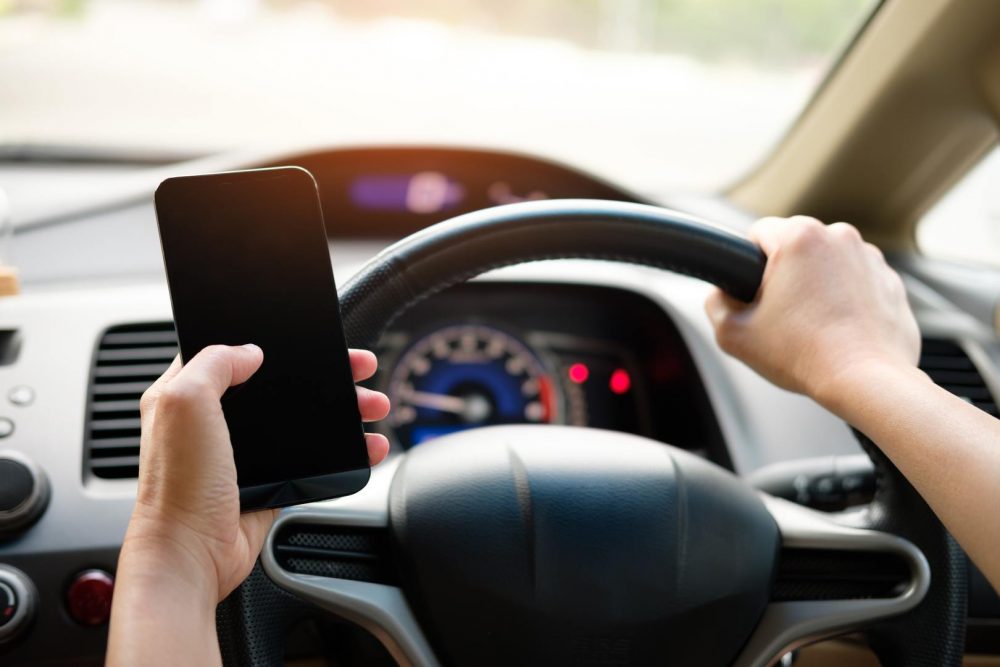Google Maps Will Prioritize Efficiency in New Update
If you’re anything like most drivers on the road today, odds are you’ve kicked traditional maps to the curb in favor of smartphone apps that offer minute-by-minute directions and updates — a feature that paper has notoriously lacked since day one. It’s not an exaggeration to say that Google Maps is one of the most popular and effective navigation apps in the world. Now, a new update is set to help you optimize your route based on efficiency rather than expediency.
Redefining family-friendly versatility: The 2021 GMC Acadia
Remapping Google Maps
Up until now, Google Maps has automatically selected the fastest route from your GPS location to your destination. The outgoing system used — and will continue to use — a combination of user-reported information, individual GPS data, posted speed limits, and historical evidence. According to an article by Alan Friedman at PhoneArena.com, there are some substantial changes on the way.
With this new update, Google Maps will “show the most fuel-efficient way to get to point ‘B’ from point ‘A’” by default. This change is the result of an effort on the tech giant’s part to reduce carbon emissions and curtail the impact of climate change. Friedman goes on to state that “the new algorithm will take into account fuel consumption and focus on how much gas is being spent instead of how much time is being used during an automobile outing.”
What this means
On an individual level, this change won’t impact you very much at all — at least not yet. While Google Maps will default to the most efficient route, you can still swap over to the fastest. Features regarding public transportation timing are currently active in regions of Lyon and Lille, France. Friedman says that “many large cities throughout the world already have worked with Google on this feature which allows those without a car to benefit from Google Maps.”
In the long-term, these routes may not vary too much from what you’d expect, and I doubt that Google would risk tarnishing its already shaky reputation by forcing you to go too far out of your way to get where you’re going in order to burn fewer fossil fuels.
But — and I’m sorry to tell you this — climate change is real. And while I’m naught but a humble writer, I can say with confidence that the time it takes to drive along a more efficient route may be longer than your usual commute, that time will be worth it in the end.
Want a cool car at a lower cost?: Get a great deal and drive away happy

The News Wheel is a digital auto magazine providing readers with a fresh perspective on the latest car news. We’re located in the heart of America (Dayton, Ohio) and our goal is to deliver an entertaining and informative perspective on what’s trending in the automotive world. See more articles from The News Wheel.


